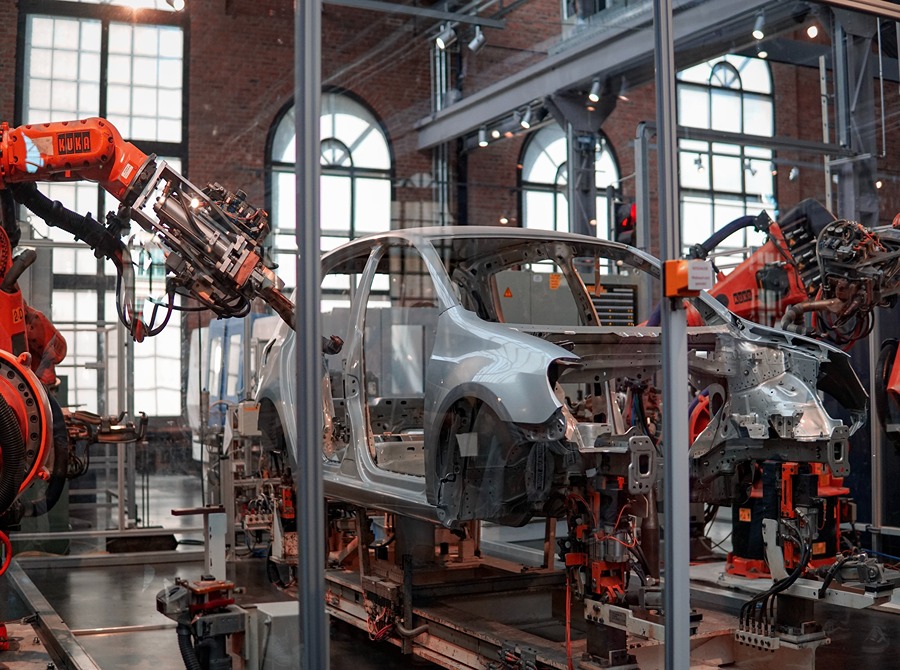
Automotive Engines & Powertrain
Vehicles use numerous sorts of automotive bearings.
Ball Bearings:
Small metallic balls are inserted among two earrings or races in these bearings to decrease friction. They are utilized in wheel hubs, transmission systems, and alternators, just to name the various automotive additives.
Roller Bearings:
Roller bearings use cylindrical or tapered rollers instead of balls. Heavy-responsibility packages that could handle higher loads encompass engine crankshafts, wheel bearings, and differential systems.
Tapered Roller Bearings:
The tapered rollers in those bearings are arranged in pairs. Wheel hubs and differential systems are famous with their capacity to deal with each radial and axial masses.
Needle Bearings:
Roller bearings with slender rollers are referred to as needle bearings. Their compact layout and excessive load-sporting potential lead them to a famous choice for car transmissions and engine additives.
Thrust Bearings:
Thrust bearings have been developed to handle axial loads and help rotating components. Gearboxes, seize systems, and suspension structures are common locations to apply them.
Cylindrical Bearings:
In cylindrical bearings, the cylindrical rollers have an excessive factor ratio. High radial load-wearing ability is necessary for the use of engine crankshafts and gearbox systems.
Angular Contact Ball Bearings:
These bearings are able to coping with each radial and axial masses concurrently. Wheel bearings and CV joints are commonly utilized in automotive applications.
Spherical Bearings:
Spherical bearings are able to managing angular misalignment and can be utilized in packages that require oscillating or vibrating moves. Their use is not unusual in suspension structures and steering linkage additives.

